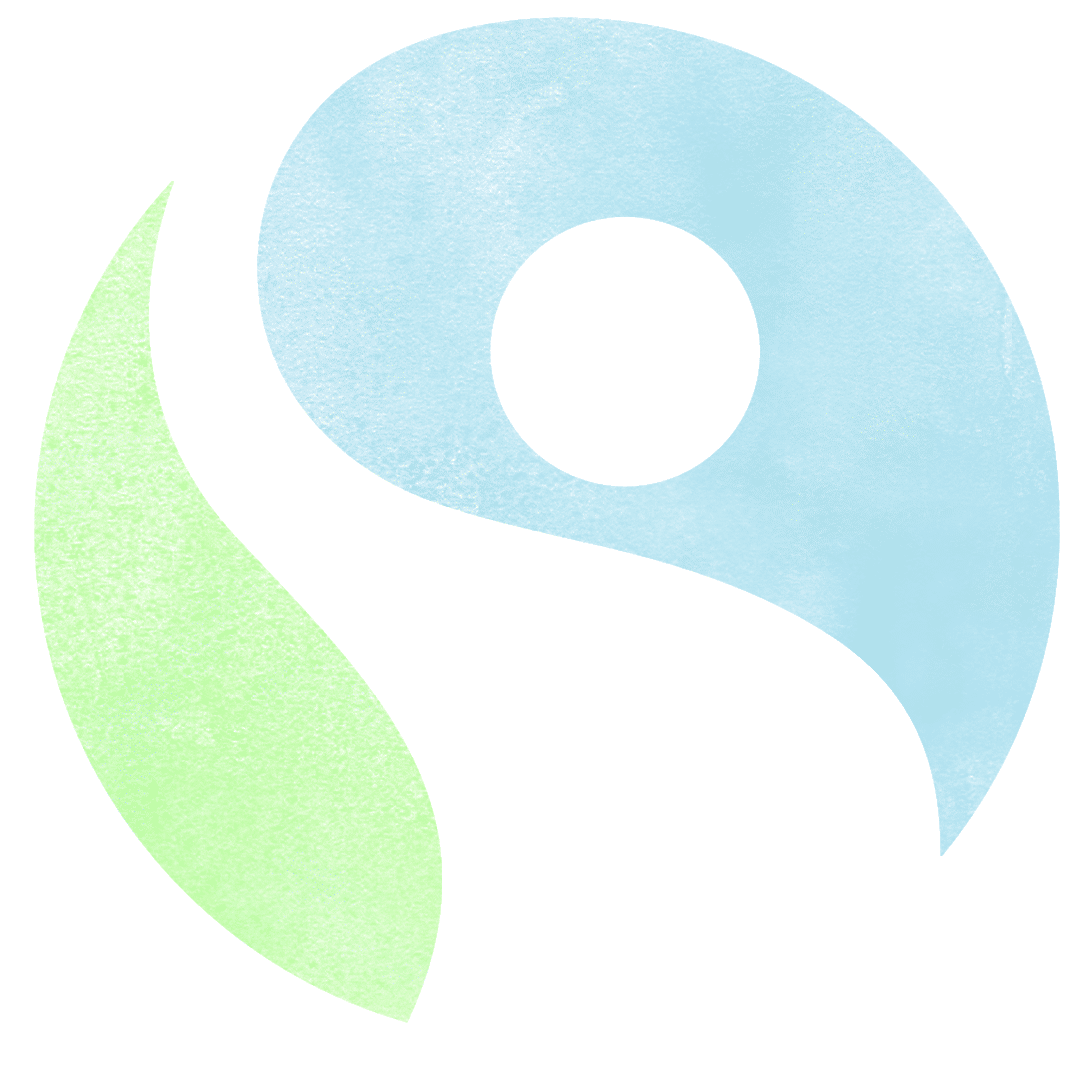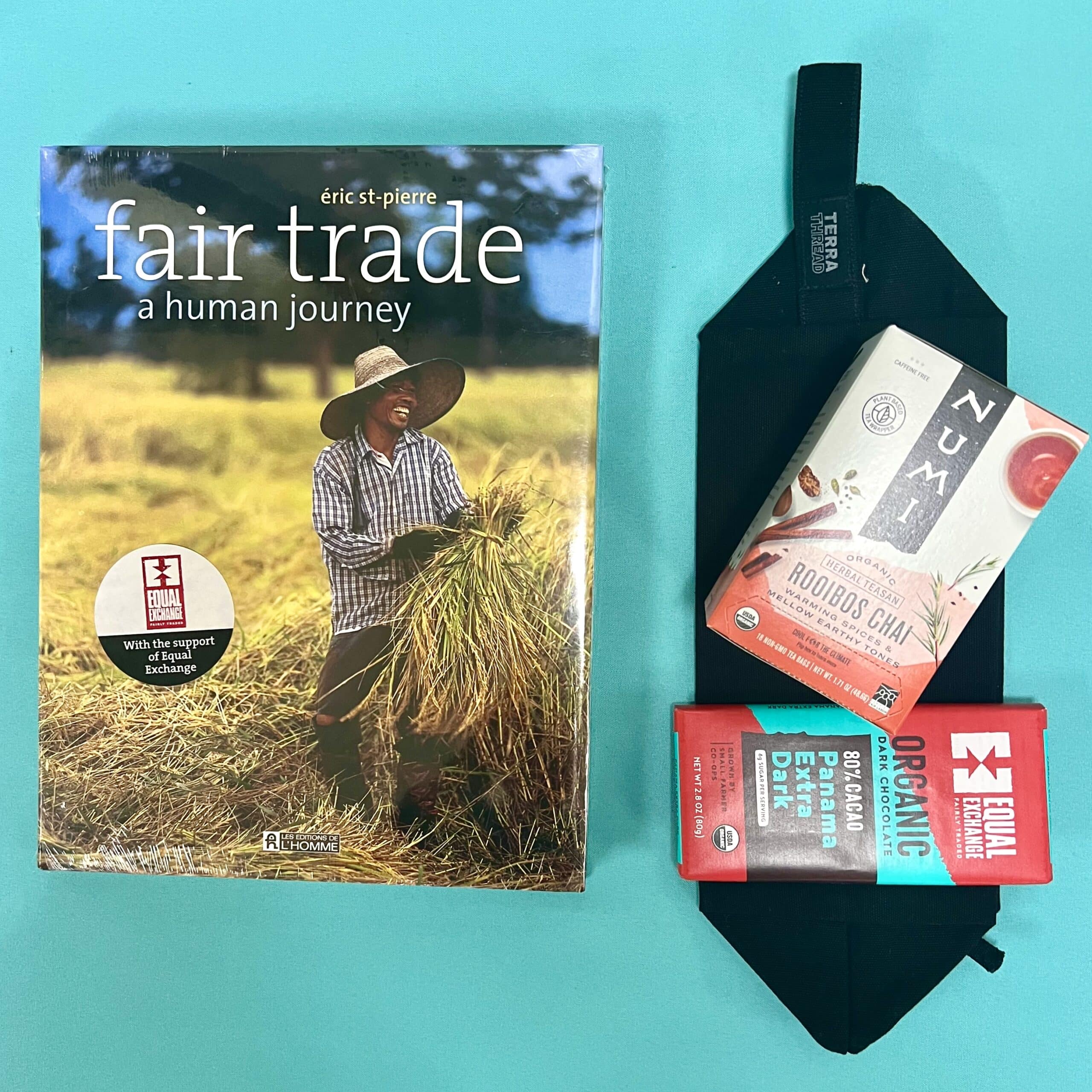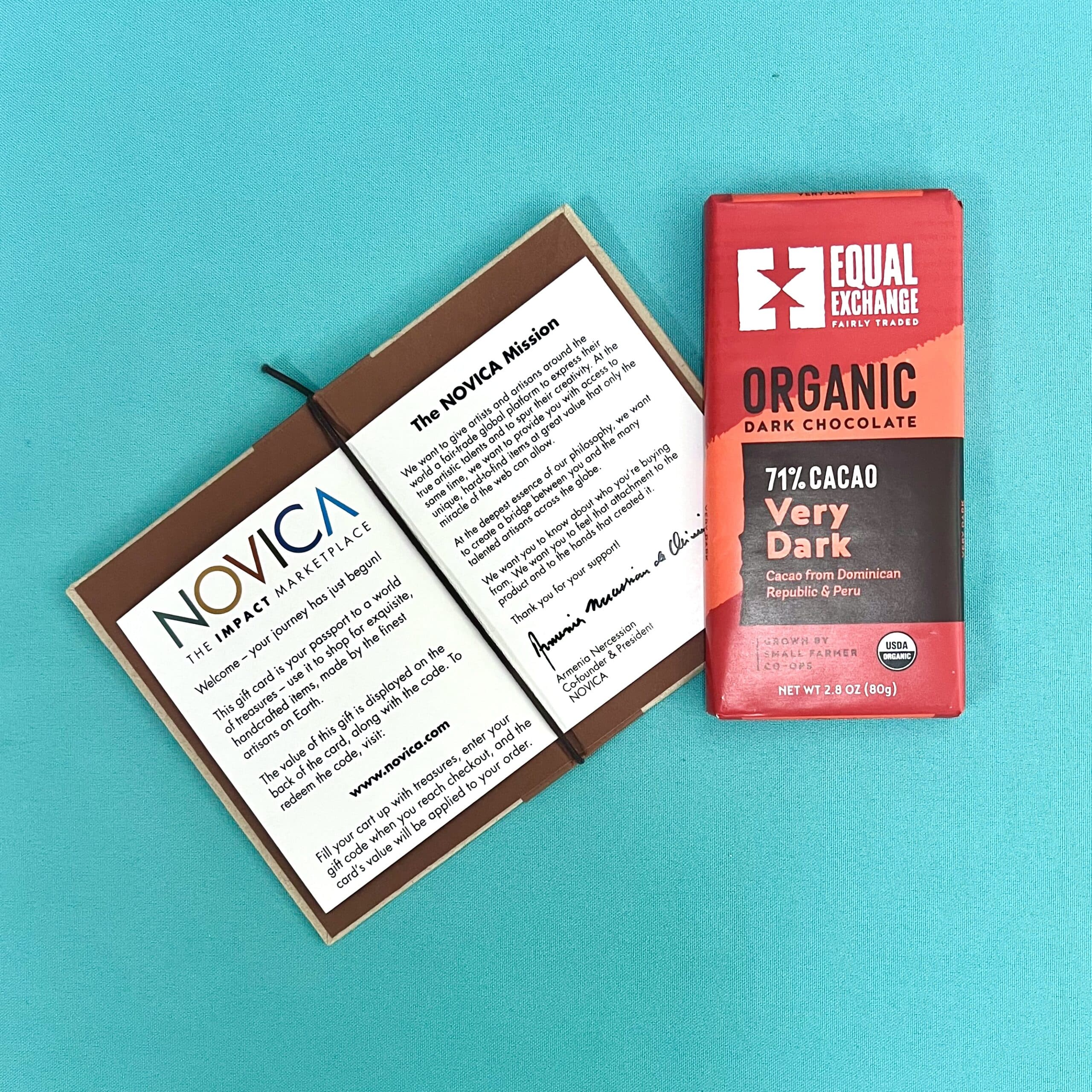
How often do you pause to think about the ethics behind the products you use every day? From the chocolate in your pantry to the cotton in your clothes, the tea in your cup to the gold in your jewelry, global supply chains connect us to millions of workers and countless ecosystems. Too often, those supply chains depend on poverty wages, unsafe conditions, forced or child labor, and environmental harm. Behind familiar items are stories of exploitation — but also opportunities to create something better.

Fair Trade certification emerged to shift power in the global marketplace. It sets standards that protect people and the planet by ensuring fair wages, safe working conditions, and bans on forced labor. Farmers and artisans earn a Fair Trade Minimum Price to guard against market swings, while communities receive additional Fair Trade Premium funds to invest in education, healthcare, and infrastructure. In 2025, over 2 million farmers and workers across 70 countries were part of Fair Trade networks. These measures bring stability to lives that would otherwise be at the mercy of unfair trade.
Fair Trade’s environmental standards are equally important. They promote sustainable farming, healthier soil and water, reduced pesticide use, biodiversity protection, and climate-friendly practices. By linking worker well-being with environmental stewardship, Fair Trade proves that business success and sustainability can go hand in hand.
Of course, certification alone cannot solve systemic injustice. Only a small portion of global products — from cacao to cotton to coffee — are currently certified, and many workers still earn less than a living income. Deforestation, toxic chemicals, and weak supply-chain transparency remain major challenges. Yet change is possible when consumers, institutions, and businesses demand it. Every purchase can send a powerful message: exploitation is unacceptable and sustainability is non-negotiable.
Across the world, communities are taking action. Fair Trade Campaigns helps towns, schools, universities, and congregations embed Fair Trade into daily life so that ethical sourcing becomes a shared commitment, not just an individual choice. Independent watchdogs publish scorecards and company ratings that expose abuses, highlight progress, and guide consumers toward better brands. Organizations like today’s partners — Fair Trade Campaigns and Green America — expand awareness, drive systemic change, and make it easier for everyone to align their purchases with their values.
Next time you shop, look for Fair Trade certification or trusted ethical ratings. Small decisions, multiplied across communities, can reshape supply chains and help build a world where every product supports dignity, justice, and sustainability at every step.
RESOURCES
CHALLENGE
The Fair Trade movement connects what we buy to how it’s made — and to the people and ecosystems behind every product. Reaching across food, fashion, home goods, art, and beyond, Fair Trade choices ensure that workers are treated fairly and the planet is protected.
Everything you use — your morning coffee, favorite shirt, or bar of chocolate — was grown, sewn, or crafted by people around the world. Fair Trade helps ensure that their work provides fair pay, safe conditions, and care for the planet. Every purchase is a chance to help shift power and build a fairer global marketplace.
Every product tells a human story. Around the world, millions of people, including an estimated 138 million children (UNICEF), work under unsafe or unfair conditions to make the goods we use every day. Fair Trade practices have helped farmers, artisans, and workers gain fair wages, safe conditions, and stronger communities. Sharing those stories can inspire others — and help bring Fair Trade options to more people in your community.

Each Greener Winner will receive:

Each Greenest Winner will receive: